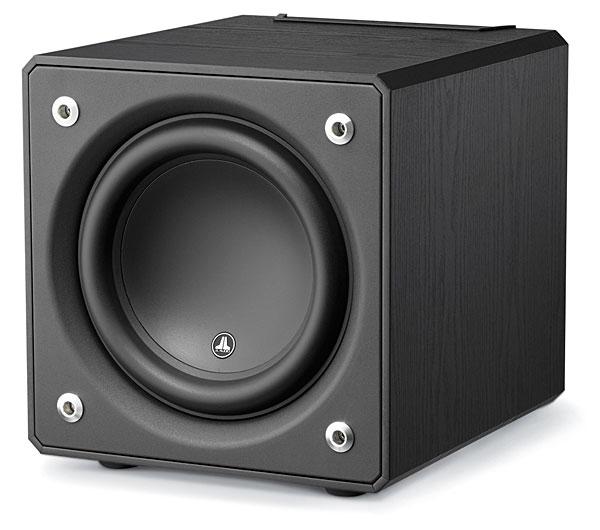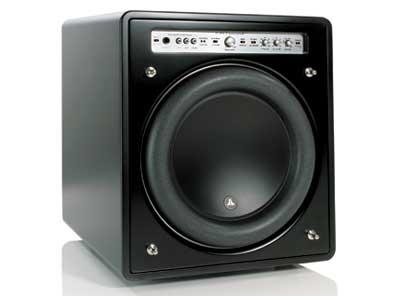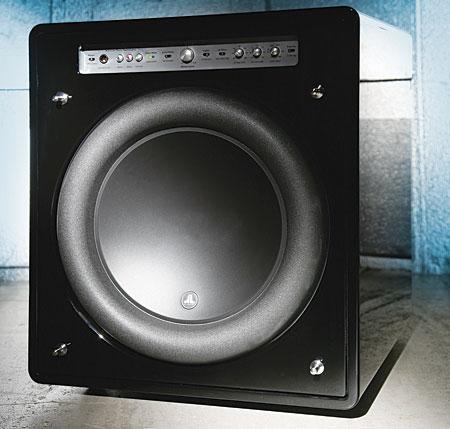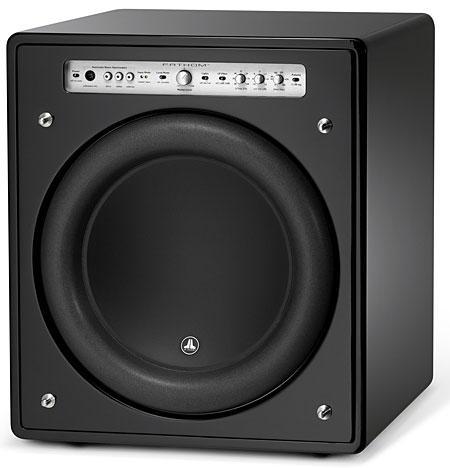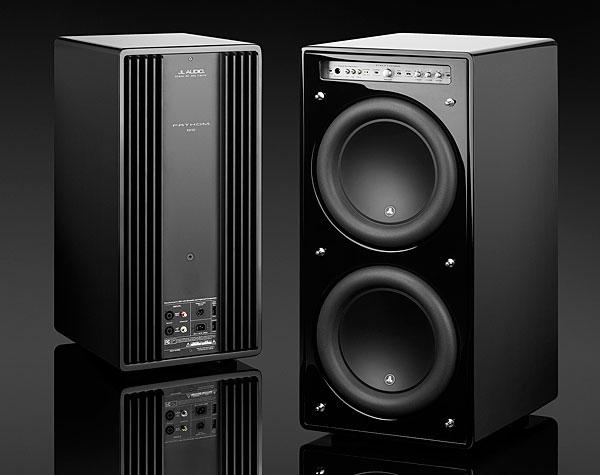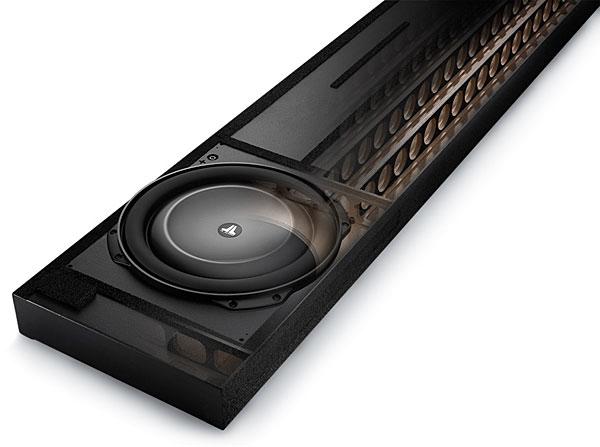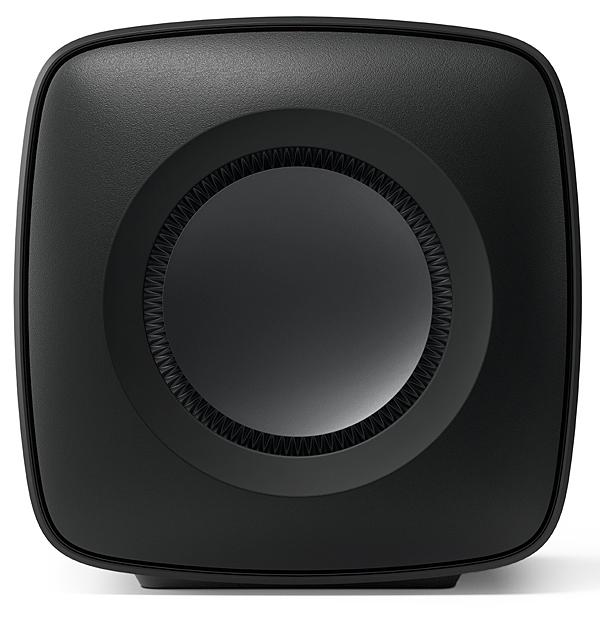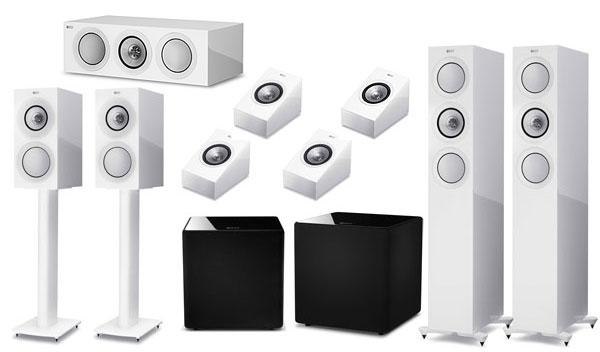Subwoofer Reviews
Sort By: Post DateTitle Publish Date
|
Jan 13, 2015 |
|
Jun 24, 2002 |
|
Nov 14, 2014 |
|
May 21, 2007 |
First Published: Apr 21, 2007 |
|
Jul 05, 2017 |
|
May 30, 2018 |





